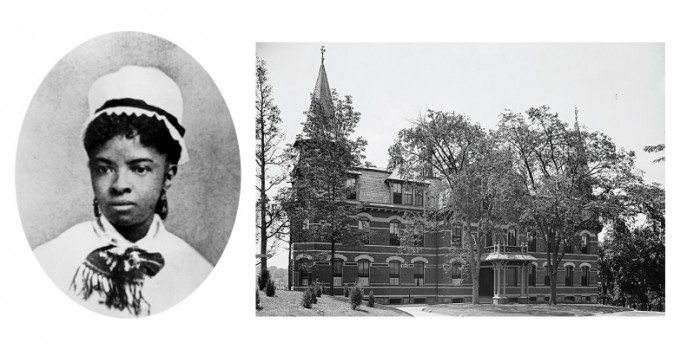Profiles In Nursing
Mary Eliza Mahoney (1845-1926), America’s First Professionally Trained Black Nurse
The daughter of enslaved people, Mahoney distinguished herself as a nurse

This Boston-born nurse was a true pioneer: The first Black woman in the U.S. ever to earn a professional nursing degree.
A Country Torn by Slavery
When Mary Eliza Mahoney was born in 1845, slavery was still legally practiced in half the U.S. In states like North Carolina, where both of her parents had been enslaved, it was a serious crime to teach slaves to read and write, on the grounds that it had “a tendency to excite dissatisfaction in their minds and to produce insurrection and rebellion.”
Mahoney and her younger siblings were born in Massachusetts, which had been a free state since the 1780s, but even there, widespread discrimination and segregation, official or otherwise, remained the norm. It wasn’t until she was 10 years old that a new state law permitted Black children to attend school alongside their white peers.
Mahoney took an interest in nursing as a teenager, but opportunities were scarce. Lay nursing paid poorly; there were as yet no formal training schools for nurses; and few institutions would hire people of color for any but the most menial work.
A Hospital Staffed by Women
July 1862, Marie Zakrzewska, M.D., a German-Polish immigrant who had been a midwife in Berlin before earning her medical degree, established a new hospital in Boston: the New England Hospital for Women and Children.
As its name implied, the hospital cared exclusively for female and pediatric patients. It was also operated and staffed entirely by women, providing sorely needed training and clinical practice opportunities for female physicians and surgeons.



